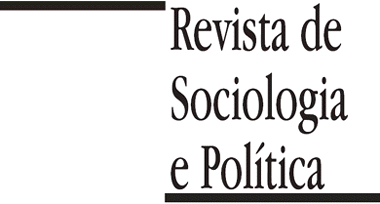Rather than producing an analytically robust concept of "ghetto", the social sciences have used the term descriptively, not rarely attributing to it the common sense meaning that it is given in the societies where the phenomenon is identified. Through the historiographic production on the Jewish diaspora in renaissance Europe, the sociology of black experience in the Fordist metropoles of the USA, and the anthropology of ethnic marginality in East Asia, this article constructs a relational concept of the ghetto as a Janus- faced instrument of enclosure and etho-racial control. Through this procedure, the ghetto reveals itself to be a socio-organizational device that is made up of four elements (stigma, boundaries, spatial confinement and institutional encapsulation) that use space to reconcile its two contradictory goals: economic exploitation and social ostracism. The ghetto is not a "natural area" produced by the "history of migration" (as Louis Wirth argued) but a special form of collective violence concretized in urban space. The articulation of the concept of the ghetto makes it possible to reveal the relationships between "ghettoization", urban poverty and segregation, as well as clarifying the structural and functional differences between ghettos and ethnic agglomerations. This way of proceeding also makes it possible to highlight th role of the ghetto as matrix and symbolic incubator for the production of a tainted identity, indicating that its study can be carried out through analogy to other institutions oriented toward the forced confinement of dispossessed and dishonored groups such as refugee camps and prisons.
ghetto; concept-building; ethno-racial enclosure; social control
